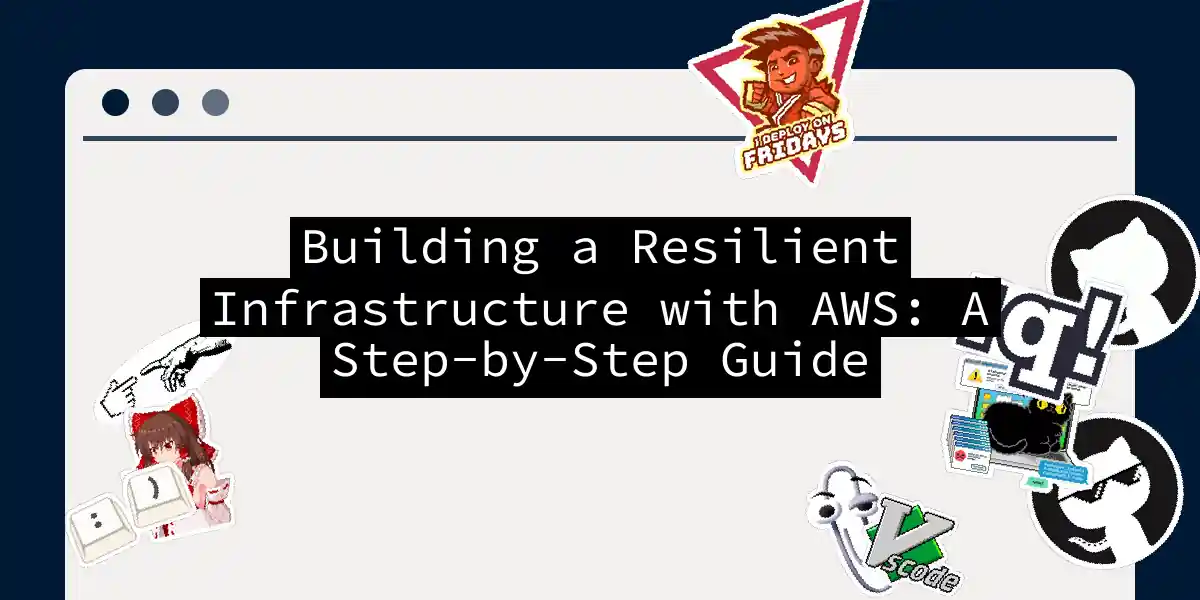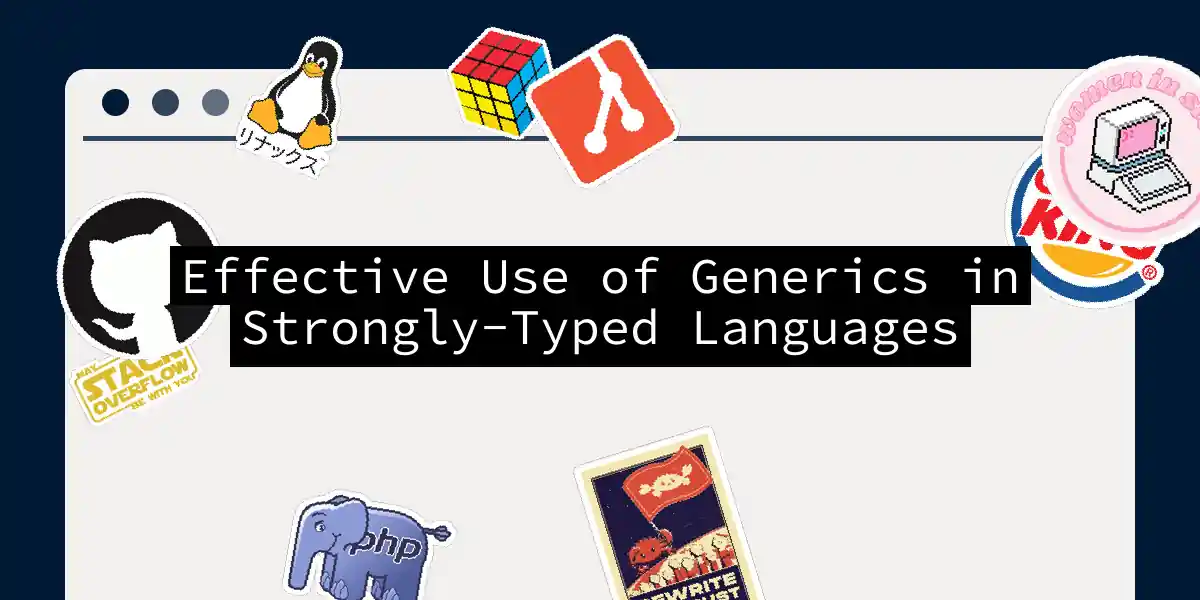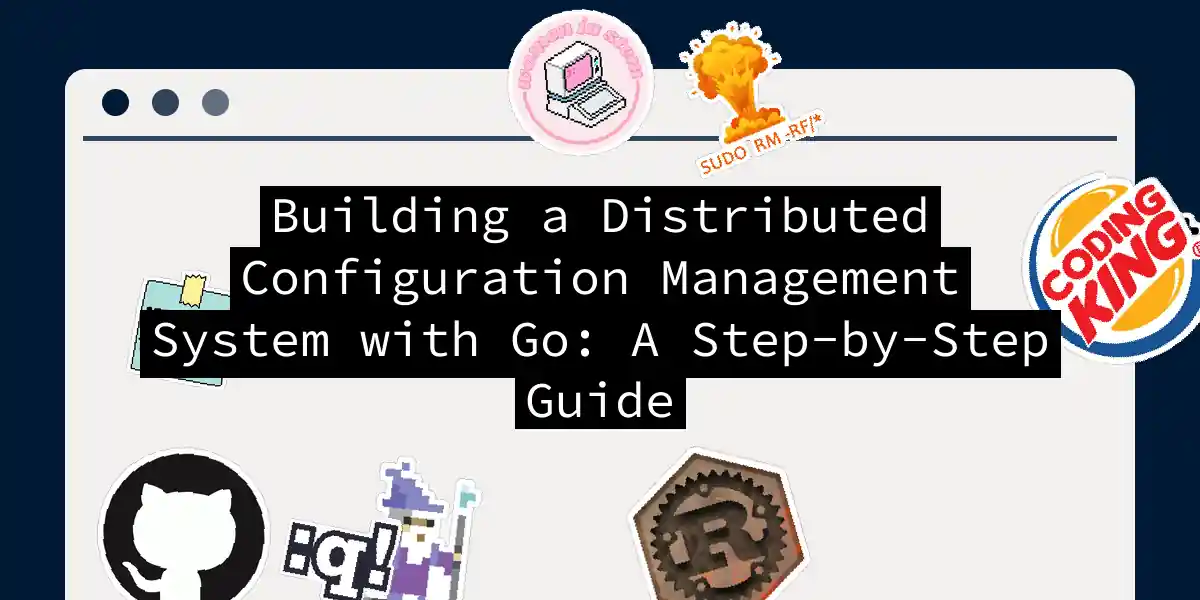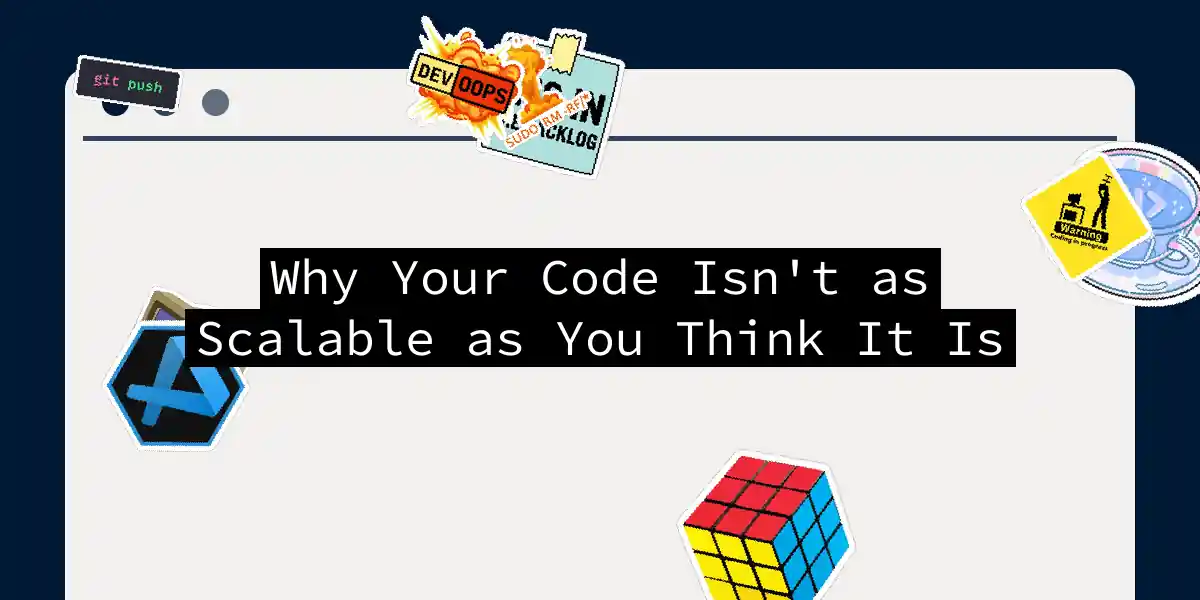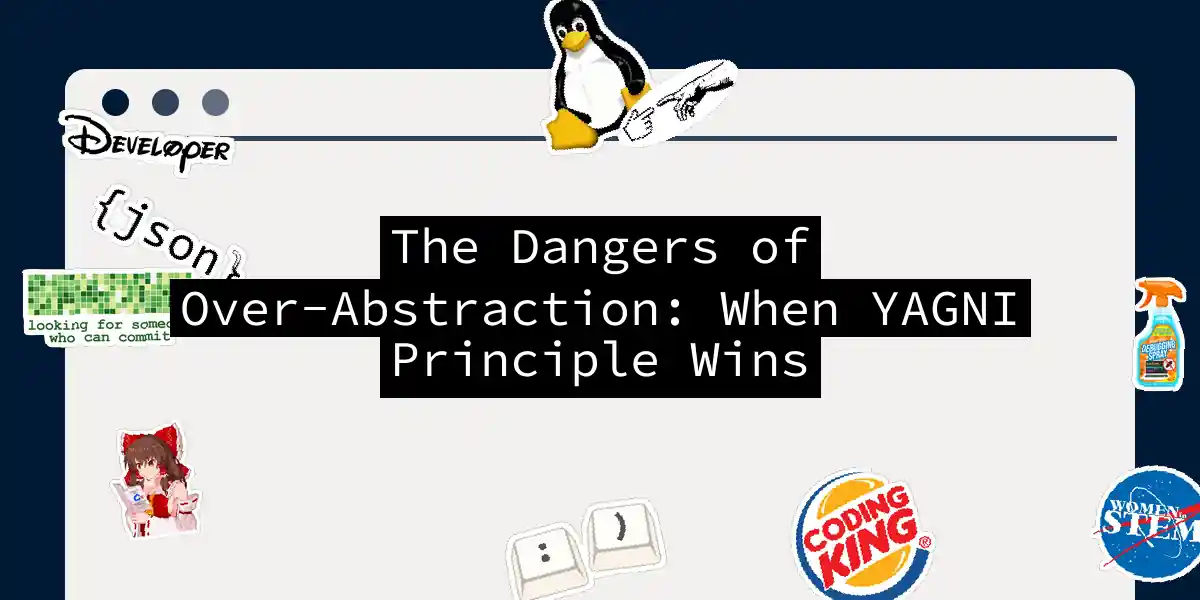
The Dangers of Over-Abstraction: When YAGNI Principle Wins
The Dangers of Over-Abstraction: When YAGNI Principle Wins In the world of software development, principles like YAGNI (You Ain’t Gonna Need It) are often discussed, but rarely fully understood. YAGNI is more than just a catchy acronym; it’s a guiding light in the dark forest of over-engineering and unnecessary complexity. Today, we’re going to delve into the dangers of over-abstraction and why following the YAGNI principle can be a lifesaver....
